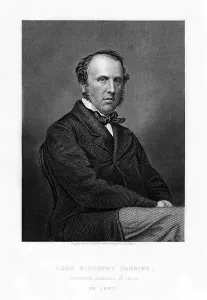Governor Of India Collection
"Governors of India: A Glimpse into the Past" Step back in time and explore the fascinating history of the governors who once ruled over India
All Professionally Made to Order for Quick Shipping
"Governors of India: A Glimpse into the Past" Step back in time and explore the fascinating history of the governors who once ruled over India. From Warren Hastings to Charles John Canning, these influential figures left an indelible mark on the subcontinent. In 1788, a dish of mutton-chops symbolized power as it was enjoyed by those in authority. This hand-colored engraving captures the opulence and grandeur that surrounded their rule. Fast forward to 1858-61 when tigers were presented to Countess Canning at Agra. These majestic creatures served as a testament to British dominance during this period, highlighting their control over wildlife and territories. Warren Hastings, an enigmatic figure from c1790, played a pivotal role in shaping British governance in India. His legacy is still debated today, with some praising his reforms while others criticize his methods. William Pitt Amherst, Earl Amherst, emerged as another prominent governor-general during the early 19th century. Known for his diplomatic skills and statesmanship, he navigated complex political landscapes with finesse. Charles John Canning took up the mantle of governor-generalship during turbulent times in Indian history. His tenure witnessed significant events such as the Sepoy Mutiny of 1857-58 which tested his leadership abilities. The year 1868 brought "Another Eclipse for India, " depicted by artist John Tenniel. This artwork reflects upon challenges faced by governors amidst changing socio-political dynamics within colonial India. Throughout these tumultuous years, tigers continued to be symbols of power and prestige; they were again presented to Countess Canning at Agra between 1858-61 - reminders of Britain's dominion over nature itself. William Pitt Amherst reappears on our canvas – a multifaceted individual who not only governed but also excelled as a diplomat representing British interests in India.









